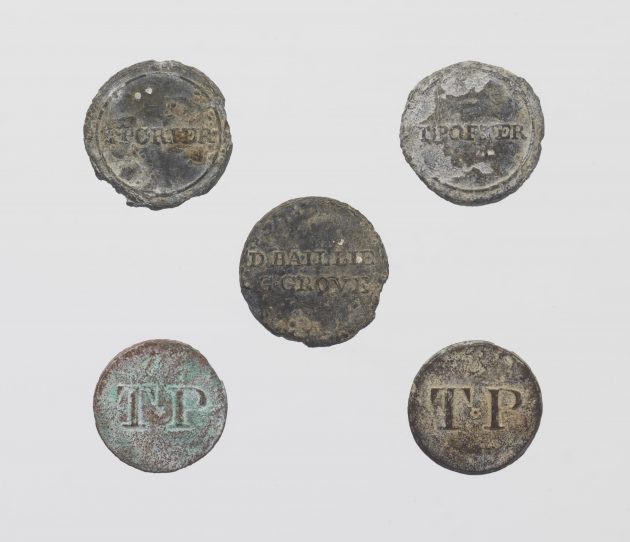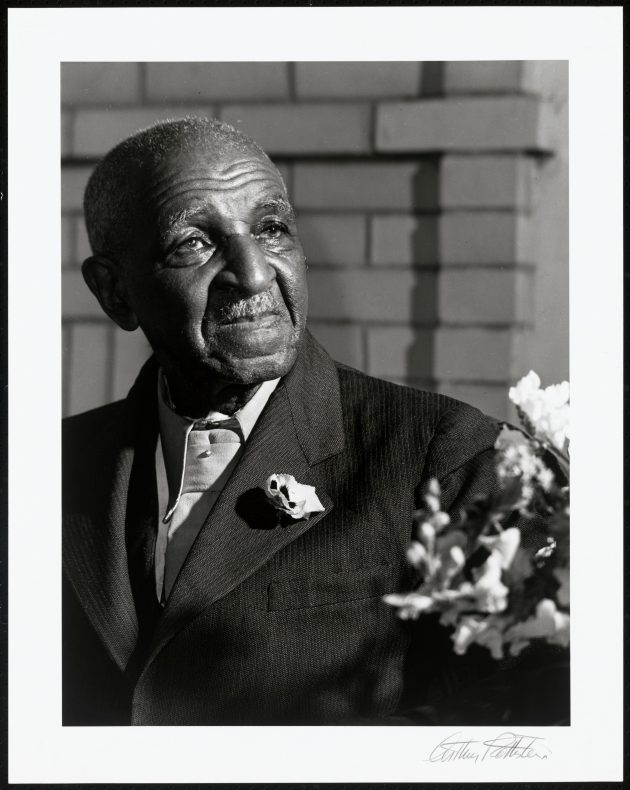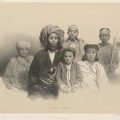
National Museum of African American History and Culture, Smithsonian Institution.
The Smithsonian’s National Museum of African American History and Culture opens Saturday, Sept. 24, following a dedication ceremony with President Barack Obama. When it opens, the museum will display more than 3,000 artifacts ranging from pieces of a slave ship to Carl Lewis’ Olympic medals. Its staff of 200 can boast a fundraising program that has topped $315 million in private funds. Visually striking, the museum is on the National Mall at the corner of Constitution Avenue and 14th Street, N.W., across from the Washington Monument.
History, community and culture are the themes of the museum’s 12 inaugural exhibitions. The 400,000-square-foot museum also houses an education and technology center on the second floor, the Sweet Home Café, a museum store, the Oprah Winfrey Theater, a welcome center and orientation theater, and a contemplative court.
“This joyous day was born out of a century of fitful and frustrated efforts to commemorate African American history in the nation’s capital,” says Lonnie Bunch, founding director of the museum. “Now at last the National Museum of African American History and Culture is open for every American and the world to better understand the African American journey and how it shaped America.”

National Museum of African American History and Culture, Smithsonian Institution
Dedication Ceremony
On Saturday, Sept. 24, the museum’s official dedication will take place at 10 a.m. on an outdoor stage facing the Washington Monument grounds. The public is encouraged to bring blankets as there will be no seating on the Monument grounds. Jumbotrons will broadcast the ceremony across the site. The program will combine speeches with musical performances and readings by well-known actors. Among the dignitaries attending will be Rep. John Lewis, President and Mrs. George W. Bush, the Chief Justice, Smithsonian Secretary David Skorton and Bunch. Obama’s speech will be followed by celebratory fanfare and a city-wide bell ringing.
Grand-Opening Celebration
A free, three-day festival commemorating the new museum begins at noon Friday, Sept. 23, on the Washington Monument grounds between 15th and 17th streets along Constitution Avenue. “Freedom Sounds: A Community Celebration” will feature music, performances, oral histories, storytelling and workshops. Evening concerts featuring well-known performers will be presented on two large, tented stages and include Living Colour, Public Enemy, The Roots, Experience Unlimited (EU), singer Meshell Ndegeocello and a special guest to be announced.

The National Museum of African American History and Culture
Visiting the Museum
Hours for the grand-opening weekend will be Saturday, 1–8 p.m., and Sunday, 7 a.m.–midnight. The museum is free, but timed passes will be required for the foreseeable future. The free, timed passes are available online at www.nmaahc.si.edu and through ETIX Customer Support Center, 919-653-0443 or 800-514-3849. Starting Monday, Sept. 26, the museum will begin distributing a limited number of same-day passes beginning at 9:15 a.m. All visitors will go through security screening and bag checks at the entrances.
Detailed information on visiting, including hours, special programs, directions, public transportation, parking and tours, will be regularly updated at www.nmaahc.si.edu.
Inaugural Exhibitions
“A Century in the Making”—This exhibit provides an overview of the century-long struggle to open the museum.

Slave buttons used by slave trader Thomas H. Porter, on view in the National Museum of African American History and Culture.
History Galleries
- “Slavery and Freedom”—The centerpiece of the museum, this exhibition explores the complex story of slavery and freedom.
- “Defending Freedom, Defining Freedom: Era of Segregation 1876–1968”—Takes visitors from the end of Reconstruction through the civil rights movement of the 1960s.
- “A Changing America: 1968 and Beyond”—Illustrates the impact of African Americans on life in the U.S., from the death of Martin Luther King Jr. to the second election of President Barack Obama.

A miniature pair of shackles used as a protective amulet by the Lobi tribe of West Africa. The bronze shackles consist of a pair of loops linked to a single bolt. There is a third loop at the top of the amulet. The bronze is covered with a dark patina.
Community Galleries
- “Power of Place”—Explores the idea of place and region as a crucial component of the African American experience.
- “Making a Way Out of No Way”—The stories in this gallery show the ways in which African Americans created possibilities in a world that denied them opportunities.
- “Sports Gallery”—Looks at the contributions of athletes on and off the field.
- “Military History Gallery”—Conveys a sense of appreciation and respect for the military service of African Americans from the American Revolution to the current war on terrorism.

Revolutionary (Angela Davis), 1971, by Wadsworth A. Jarrell (American, born 1929). Acrylic and mixed media on canvas. National Museum of African American History and Culture.
Culture Galleries
- “Musical Crossroads”—Tells the story of African American music from the arrival of the first Africans to today’s hip-hop.
- “Cultural Expressions”—An introduction to the concept of African American and African diaspora culture.
- “Visual Arts Gallery”—Illustrates the critical role that African American artists played in shaping the history of American art.
- “Taking the Stage”—Explores the history of African Americans in theater, film and television.

United States Farm Security Administration portrait of George Washington Carver, March 1942, by Arthur Rothstein for U.S. Farm Security Administration. National Museum of African American History and Cultuer.
The Building
NMAAHC was designed by a collaboration of four firms that formed the Freelon Adjaye Bond/SmithGroup, with David Adjaye as design architect and Phil Freelon as lead architect. About 60 percent of the building is below ground.
Above Ground
Fifth floor: Staff offices, board room (closed to the public)
Fourth floor: Culture galleries: “Musical Crossroads,” “Cultural Expressions,” “Visual Arts Gallery,” “Taking the Stage”
Third floor: Community galleries: “Power of Place,” “Making a Way Out of No Way,” “Sports Gallery,” “Military History Gallery”
Second floor: Education and resource space, Center for African American Media Arts
First floor: Central Hall (named Heritage Hall), welcome center, orientation theater, museum shop
Below Ground
Concourse 0: Atrium, contemplative court, Oprah Winfrey Theater, Special Exhibitions Gallery, Sweet Home Café
Concourse 1: History Gallery—“1968 and Beyond”
Concourse 2: History Gallery—“Era of Segregation”
Concourse 3: History Gallery—“Slavery and Freedom”





